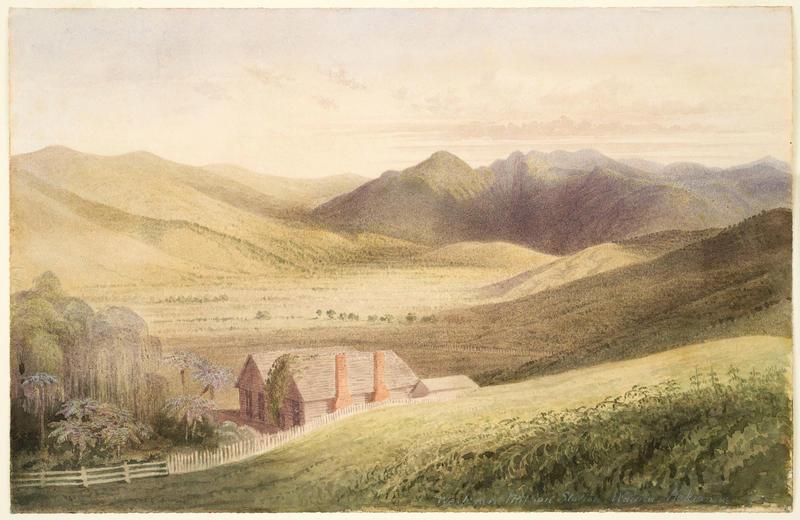Mary Bumby on:
[Wikipedia]
[Google]
[Amazon]
 Mary Anna Bumby (1811–1862) was a British missionary and beekeeper. She was significant for introducing the first honeybees to
Mary Anna Bumby (1811–1862) was a British missionary and beekeeper. She was significant for introducing the first honeybees to
 Mary was born in
Mary was born in
Māngungu Mission House at Heritage New Zealand
{{DEFAULTSORT:Bumby, Mary 1811 births 1862 deaths English missionaries People from Thirsk New Zealand beekeepers New Zealand missionaries Women beekeepers
 Mary Anna Bumby (1811–1862) was a British missionary and beekeeper. She was significant for introducing the first honeybees to
Mary Anna Bumby (1811–1862) was a British missionary and beekeeper. She was significant for introducing the first honeybees to New Zealand
New Zealand ( mi, Aotearoa ) is an island country in the southwestern Pacific Ocean. It consists of two main landmasses—the North Island () and the South Island ()—and over 700 smaller islands. It is the sixth-largest island count ...
in March 1839.
Life
 Mary was born in
Mary was born in Thirsk
Thirsk is a market town and civil parish in the Hambleton district of North Yorkshire, England known for its racecourse; quirky yarnbomber displays, and depiction as local author James Herriot's fictional Darrowby.
History
Archeological fin ...
, Yorkshire, England
England is a country that is part of the United Kingdom. It shares land borders with Wales to its west and Scotland to its north. The Irish Sea lies northwest and the Celtic Sea to the southwest. It is separated from continental Europe b ...
in 1811. In 1838, her brother Reverend John Hewgill Bumby (1808–1840) was appointed as superintendent missionary for the Māngungu Mission
Māngungu Mission was the second mission station established in New Zealand by the Wesleyan Missionary Society. Located near Horeke, in the Hokianga harbour, it was founded in 1828 by the missionaries John Hobbs and James Stack after the first WMS ...
in New Zealand. Mary decided to accompany him as his housekeeper. They travelled on the vessel the ''James''. They travelled from England via Hobart and it was there that Mary acquired two honeybee skep
A beehive is an enclosed structure in which some honey bee species of the subgenus '' Apis'' live and raise their young. Though the word ''beehive'' is commonly used to describe the nest of any bee colony, scientific and professional literature ...
hives. The book “Mary Bumby’s Bees,1839-1841, Myth Fact Mystery” tells the detailed story. She and her brother arrived in the Hokianga on 13 March 1839 and joined the Methodist Māngungu Mission Station on 19 March 1839. The hives were sited in the Mission churchyard.
After her brother drowned in the Firth of Thames on 24 June 1840, she accepted the proposal of Reverend Gideon Smales and married him in December 1840. They settled in a small house at the Hokianga Wesleyan Station of Pakanae. Subsequently, she and Gideon took up a mission posting in Porirua, and then Aotea Harbour, near Kawhia. In 1856, after Gideon refused to relocate to a mission in Australia, they moved to East Tāmaki
East Tāmaki is a suburb of Auckland, New Zealand. It is a largely industrial area adjacent to a rapidly growing population. Prior to the 1960s it was largely a dairy farming area. A landmark is Smales Mountain which in 2010 has the remains of ...
, where they established a successful farming enterprise, naming it Hampton Park. They constructed a church on the property called St. John's, with the intention that it be used by all denominations. It is still in use today.
Mary Bumby died in 1862 at sea on a return voyage to England.
References
External links
Māngungu Mission House at Heritage New Zealand
{{DEFAULTSORT:Bumby, Mary 1811 births 1862 deaths English missionaries People from Thirsk New Zealand beekeepers New Zealand missionaries Women beekeepers